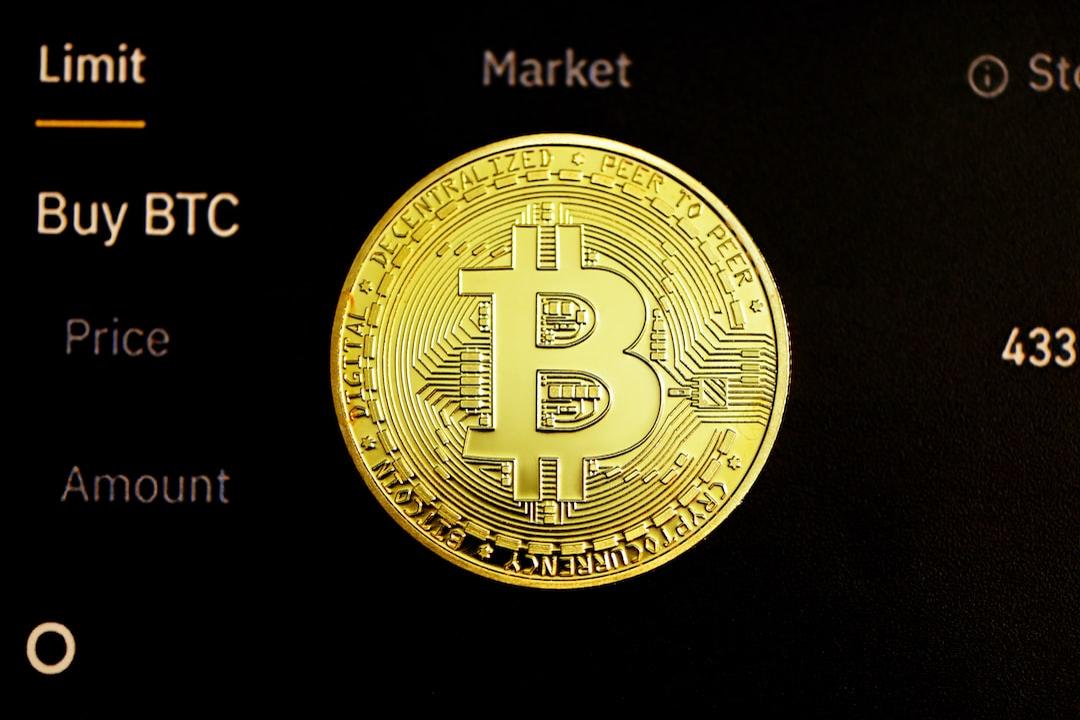Barstool Sports’ Inventor Dave Portnoy Enters X Platform to Question Bitcoin’s Independence from the U.S. Stock Market
Portnoy pointed out a recurring pattern: Bitcoin’s price movements typically reflect those of the stock market. He noted that when stocks rise, Bitcoin rises, and when stocks fall, Bitcoin follows suit.
This led him to question whether Bitcoin can still be viewed as an asset operating outside the traditional financial system, as its price seems to correlate with other risk assets.
Bitcoin’s Behavior Amid Market Turbulence
In the context of a week that led Trump to announce “Liberation Day,” tariffs provided a significant example of Bitcoin’s correlation with the broader market. As stocks sold off in Asia, Europe, and the United States, Bitcoin also experienced a notable decline.
The largest digital asset fell by 4.5%, reaching approximately $81,770. Other cryptocurrencies, including Ethereum and XRP, also saw similar declines.
Responses from Industry Leaders
In response to these observations, Executive Chairman Michael Saylor offered his perspective. Saylor explained that Bitcoin’s short-term price fluctuations are primarily due to its liquidity.
“Bitcoin trades like a risk asset in the short term because it is the most liquid 24/7 asset on earth. In times of panic, traders sell what they can, not what they want. This does not mean it is correlated in the long term—just that it is always available.”
– Michael Saylor ⚡️ (@saylor) April 4, 2025
He emphasized that during times of panic, traders often sell the most liquid and easily accessible assets. This explains why Bitcoin, being the most liquid digital asset available 24/7, may experience price movements similar to stocks during market stress. However, Saylor clarified that this does not imply a long-term correlation with the stock market.
It is worth noting that Bitcoin’s volatility is also a key reason for its price fluctuations. Financial strategist Sven Henrich pointed out that the correlation between Bitcoin and stocks is largely due to liquidity flows.
The current monthly correlation between the two markets is over 90%, with Bitcoin typically exhibiting greater volatility. Henrich noted that while Bitcoin’s price may be influenced by market conditions, its role as a highly liquid asset contributes to these price fluctuations.
However, Henrich also acknowledged that Bitcoin’s volatility is not solely driven by market speculation. Its status as the most liquid digital asset means it is more susceptible to market changes, especially during periods of uncertainty.
The Slow Path to Independence
Despite Bitcoin’s price movements following those of traditional financial markets, another market observer believes it may be premature to conclude that Bitcoin will always behave this way.
Barstool Sports’ Jack Mac suggested that true independence for Bitcoin will take time to achieve, especially considering the involvement of large institutional investors. During times of economic uncertainty, these institutions may continue to sell Bitcoin, thereby aligning its behavior with the broader market.
Meanwhile, expert analyst Brett believes that Bitcoin’s value lies not only in its potential as a “store of value” but also in its technological innovation. For countries facing economic instability, Bitcoin has proven to be a hedge against collapsing national currencies.
“Although ETFs have made it more tightly correlated, this has been the case since its inception. It is a risky asset, with much of its capital flow being a significant part of today’s market (by market cap), etc. Please refer to the NVDA & BTC chart. They almost peaked out… pic.twitter.com/NV40wN6qJJ”
– ₿rett (@brett_eth) April 4, 2025
However, as long as institutional participants remain an integral part of the market, Bitcoin’s price may continue to reflect the ups and downs of the stock market.


